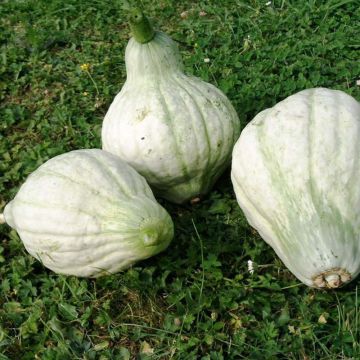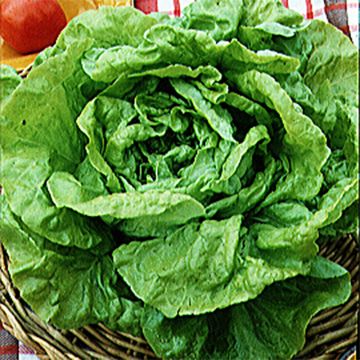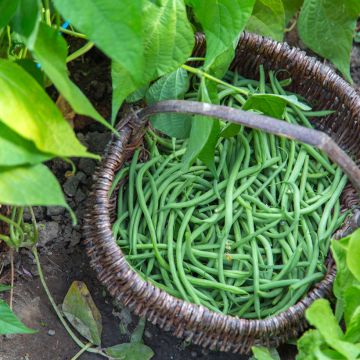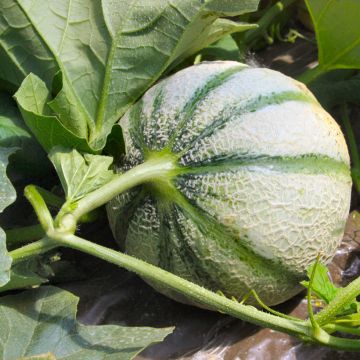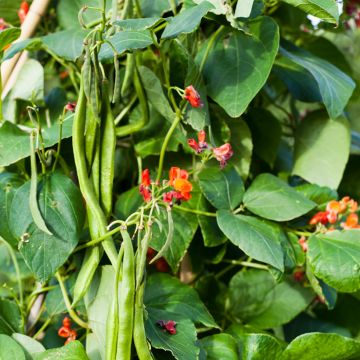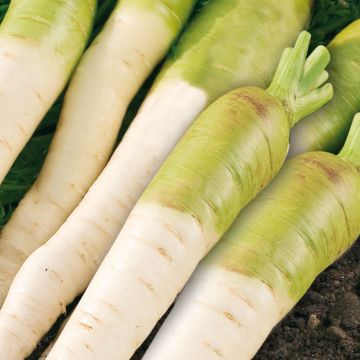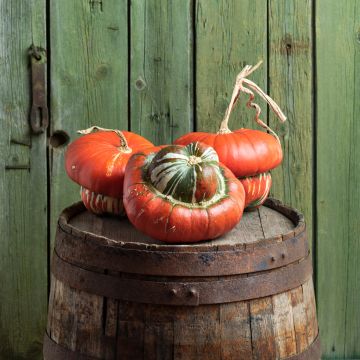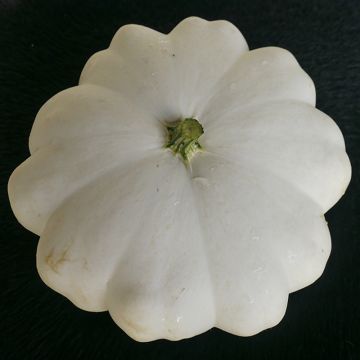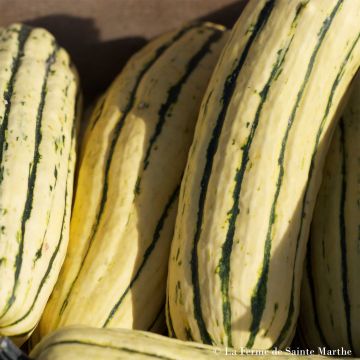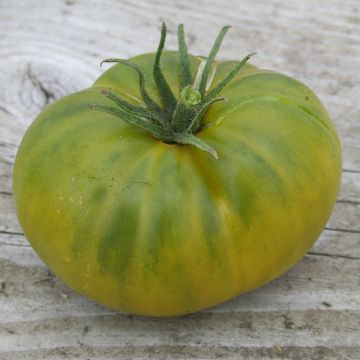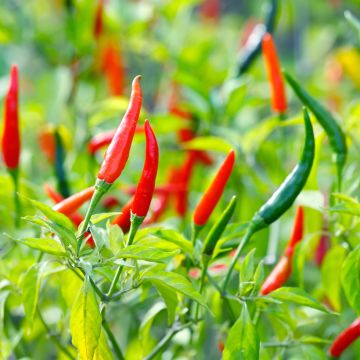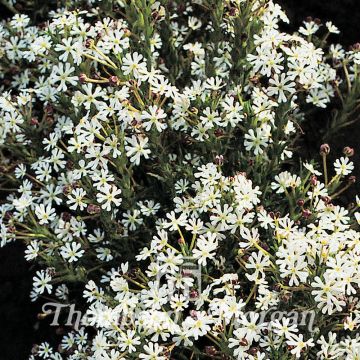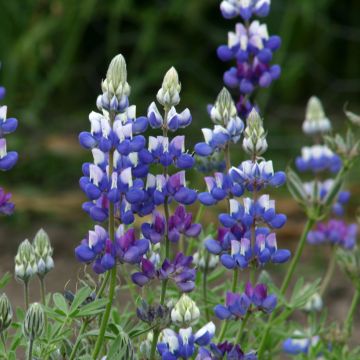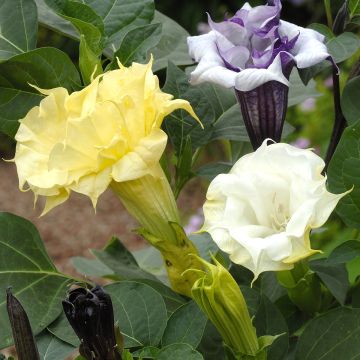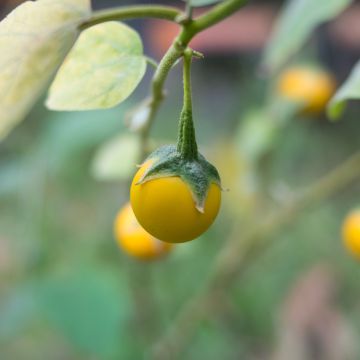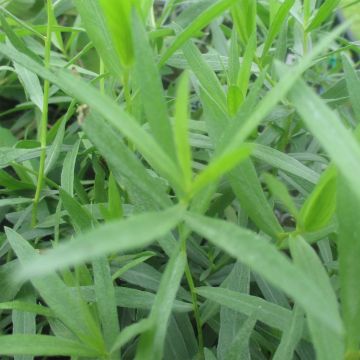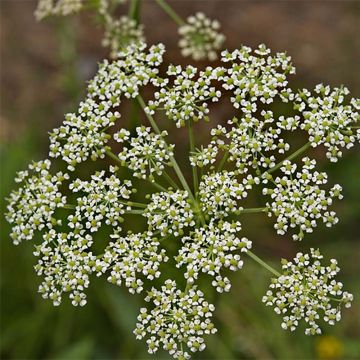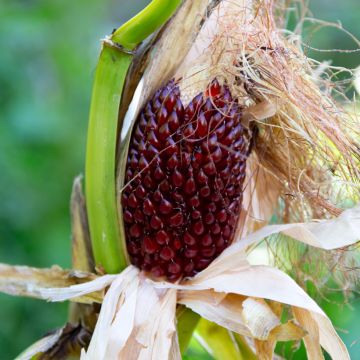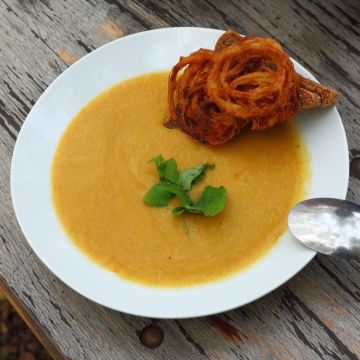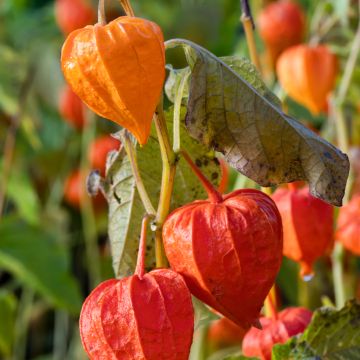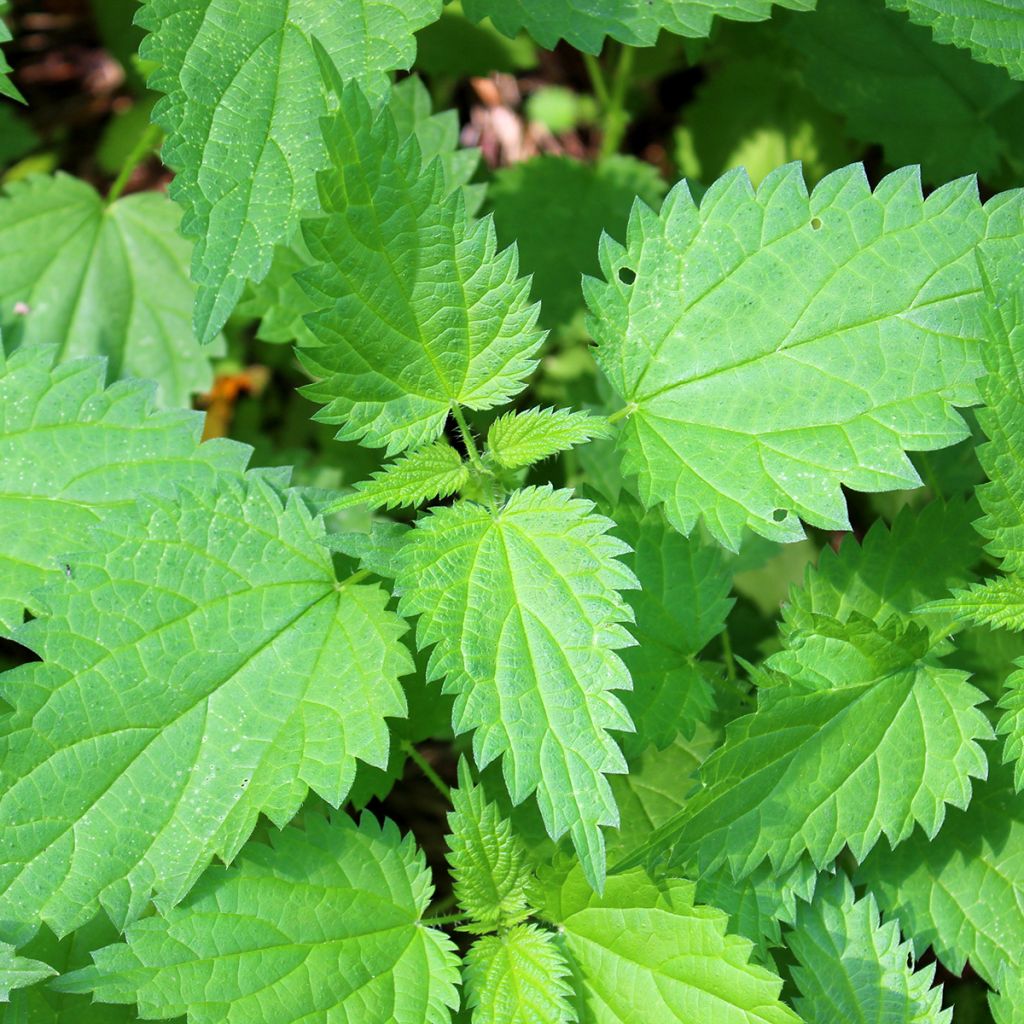

Urtica dioïca
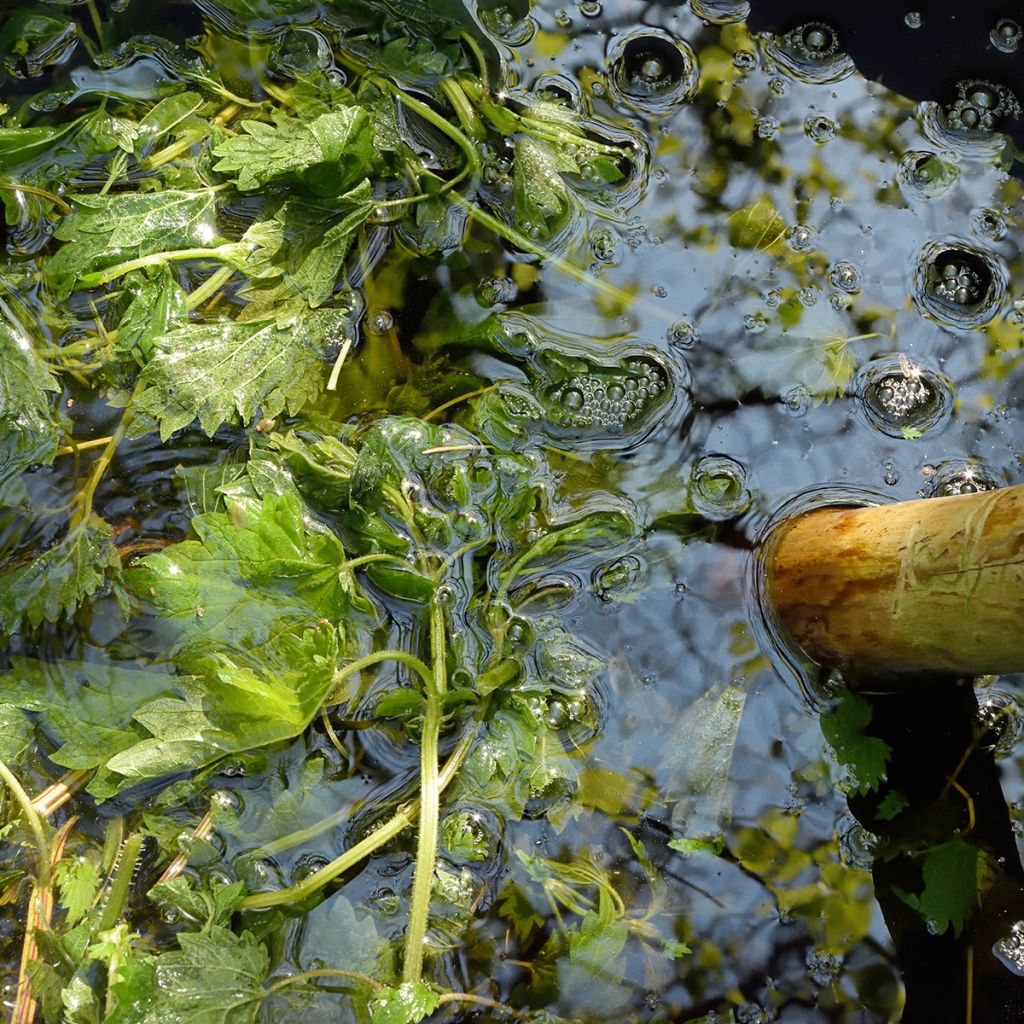

Urtica dioïca
Urtica dioïca
Urtica dioïca
Stinging Nettle, Common Nettle
This item cannot be shipped to the selected country
Dispatch by letter from €3.90
More information
Schedule delivery date,
and select date in basket
This plant carries a 6 months recovery warranty
More information
We guarantee the quality of our plants for a full growing cycle, and will replace at our expense any plant that fails to recover under normal climatic and planting conditions.
Seed-only orders are dispatched by sealed envelope. The delivery charge for seed-only orders is €3.90.
Description
The Dioecious Nettle, in Latin Urtica dioica, is a perennial plant that is very common in uncultivated areas throughout our regions. It is cultivated for its foliage, which loses its stinging power when cooked. It can be consumed in soup, but also in quiche, cake, tapenade... Rich in nutrients, its medicinal properties have been known since antiquity. This wild plant is also widely used in organic gardening in the form of nettle manure. It is sown from May to July, and the first harvest will be possible the following year.
Dreaded by children, the Dioecious Nettle or Great Nettle is a perennial plant of the Urticaceae family. It has been known since antiquity for its numerous virtues and its anti-anemic, stimulating, detoxifying effects... It is rich in proteins, iron, and vitamins A and C.
This plant has a creeping stump and develops a clump of long, erect stems that can reach between 1 and 2 metres in height. Its leaves are green, heart-shaped, and strongly toothed, and they persist in winter. It is the stems that are covered in stiff, stinging hairs. It is called "dioecious" because there are male and female plants. The female clusters hang down, while the male clusters stand upright.
The Nettle naturally grows throughout Europe, on embankments, forest edges, fallow land... It is a nitrophilous plant, meaning it thrives in rich environments, even saturated with nitrogen. You can cultivate it to have easy access to it, free from any pollution for cooking, without having to "search far and wide". Nettle manure contains a lot of nitrogen, and it is very effective in stimulating the growth of young plants. It complements well with Comfrey manure, which stimulates flowering and fruiting while improving leaf resistance.
In the garden, you will plant wild nettle in a sunny spot with rich, moist, and well-drained soil. Take the time to think about its placement, as once established, nettle is difficult to remove!
Harvest and storage: nettle is harvested just before or shortly after flowering. It can be used fresh, but it can also be dried in a dry and airy place and its leaves can be stored in a paper bag or jar.
The gardener's little trick: we won't tell you anything new by saying that nettle stings... If, unfortunately, you experience its burning touch, look around for plantain leaves, crush them, and rub the burn, which will quickly be relieved.
Report an error about the product description
Harvest
Plant habit
Foliage
Botanical data
Urtica
dioïca
Urticaceae
Stinging Nettle, Common Nettle
Central Europe
Perennial
Other Vegetable seeds from A to Z
Planting and care
Sowing:
Under cover, in a seed tray, from March to May. In open ground, from May to July.
In open ground: sow on a well-prepared, rich, moist and well-drained soil, sow the seeds in rows spaced 60 cm apart. In a well-tilled soil, make a furrow 1cm deep and place the seeds, which you will only lightly cover.
When the plants have 4 to 5 leaves, thin them to 40cm apart in the row.
You can also prepare plants in small pots or buckets and plant them in the garden in autumn, at 40 x 60cm.
Maintenance:
Follow watering at the start of vegetation and don't hesitate to mulch. Being a nitrophilous plant, the Nettle will appreciate mulching with grass clippings.
Seedlings
Care
Intended location
This item has not been reviewed yet - be the first to leave a review about it.
Vegetable seeds
Haven't found what you were looking for?
Hardiness is the lowest winter temperature a plant can endure without suffering serious damage or even dying. However, hardiness is affected by location (a sheltered area, such as a patio), protection (winter cover) and soil type (hardiness is improved by well-drained soil).

Photo Sharing Terms & Conditions
In order to encourage gardeners to interact and share their experiences, Promesse de fleurs offers various media enabling content to be uploaded onto its Site - in particular via the ‘Photo sharing’ module.
The User agrees to refrain from:
- Posting any content that is illegal, prejudicial, insulting, racist, inciteful to hatred, revisionist, contrary to public decency, that infringes on privacy or on the privacy rights of third parties, in particular the publicity rights of persons and goods, intellectual property rights, or the right to privacy.
- Submitting content on behalf of a third party;
- Impersonate the identity of a third party and/or publish any personal information about a third party;
In general, the User undertakes to refrain from any unethical behaviour.
All Content (in particular text, comments, files, images, photos, videos, creative works, etc.), which may be subject to property or intellectual property rights, image or other private rights, shall remain the property of the User, subject to the limited rights granted by the terms of the licence granted by Promesse de fleurs as stated below. Users are at liberty to publish or not to publish such Content on the Site, notably via the ‘Photo Sharing’ facility, and accept that this Content shall be made public and freely accessible, notably on the Internet.
Users further acknowledge, undertake to have ,and guarantee that they hold all necessary rights and permissions to publish such material on the Site, in particular with regard to the legislation in force pertaining to any privacy, property, intellectual property, image, or contractual rights, or rights of any other nature. By publishing such Content on the Site, Users acknowledge accepting full liability as publishers of the Content within the meaning of the law, and grant Promesse de fleurs, free of charge, an inclusive, worldwide licence for the said Content for the entire duration of its publication, including all reproduction, representation, up/downloading, displaying, performing, transmission, and storage rights.
Users also grant permission for their name to be linked to the Content and accept that this link may not always be made available.
By engaging in posting material, Users consent to their Content becoming automatically accessible on the Internet, in particular on other sites and/or blogs and/or web pages of the Promesse de fleurs site, including in particular social pages and the Promesse de fleurs catalogue.
Users may secure the removal of entrusted content free of charge by issuing a simple request via our contact form.
The flowering period indicated on our website applies to countries and regions located in USDA zone 8 (France, the United Kingdom, Ireland, the Netherlands, etc.)
It will vary according to where you live:
- In zones 9 to 10 (Italy, Spain, Greece, etc.), flowering will occur about 2 to 4 weeks earlier.
- In zones 6 to 7 (Germany, Poland, Slovenia, and lower mountainous regions), flowering will be delayed by 2 to 3 weeks.
- In zone 5 (Central Europe, Scandinavia), blooming will be delayed by 3 to 5 weeks.
In temperate climates, pruning of spring-flowering shrubs (forsythia, spireas, etc.) should be done just after flowering.
Pruning of summer-flowering shrubs (Indian Lilac, Perovskia, etc.) can be done in winter or spring.
In cold regions as well as with frost-sensitive plants, avoid pruning too early when severe frosts may still occur.
The planting period indicated on our website applies to countries and regions located in USDA zone 8 (France, United Kingdom, Ireland, Netherlands).
It will vary according to where you live:
- In Mediterranean zones (Marseille, Madrid, Milan, etc.), autumn and winter are the best planting periods.
- In continental zones (Strasbourg, Munich, Vienna, etc.), delay planting by 2 to 3 weeks in spring and bring it forward by 2 to 4 weeks in autumn.
- In mountainous regions (the Alps, Pyrenees, Carpathians, etc.), it is best to plant in late spring (May-June) or late summer (August-September).
The harvesting period indicated on our website applies to countries and regions in USDA zone 8 (France, England, Ireland, the Netherlands).
In colder areas (Scandinavia, Poland, Austria...) fruit and vegetable harvests are likely to be delayed by 3-4 weeks.
In warmer areas (Italy, Spain, Greece, etc.), harvesting will probably take place earlier, depending on weather conditions.
The sowing periods indicated on our website apply to countries and regions within USDA Zone 8 (France, UK, Ireland, Netherlands).
In colder areas (Scandinavia, Poland, Austria...), delay any outdoor sowing by 3-4 weeks, or sow under glass.
In warmer climes (Italy, Spain, Greece, etc.), bring outdoor sowing forward by a few weeks.

































